MANY PEOPLE AND INSTITUTIONS assisted me in the three years that I worked on this book. The initial stages were crafted during summers at the Yale Writers Conference under the direction of M. G. Lord. Kai Bird and Evan Thomas also were very helpful at the outset. As the project progressed, I profited from suggestions made by Leslie Rubinkowski.
This book could not have been written without the extensive resources and assistance of staff at the John F. Kennedy Presidential Library and Museum. Also extremely helpful was Chris Petersen at the Ava Helen and Linus Pauling Papers, Oregon State University Libraries. Thomas Jeffrey at the Ohio Congressional Libraries of the Ohio State University Libraries answered various questions related to John Glenn. Living in the Washington, DC, area, I was able to easily use the unparalleled resources of the Library of Congress. Overall, I was greatly aided by the vast amount of rich secondary material on the Kennedy family as well as many of the distinguished people associated with this special dinner.
Rose Styron was very generous in providing her recollections of that evening. I am deeply honored that she wrote the foreword to this book. I also benefited from a lengthy interview with Linus Pauling, Jr., who provided insights into his parents.
My agent, Roger S. Williams, was valuable throughout the process, and I appreciate his efforts in getting the manuscript in the right hands. I am grateful for the opportunity given to me by Steve Hull, my editor at ForeEdge, and for the diligence of his colleagues at the University Press of New England.
Throughout the process many other people provided timely and helpful responses to my inquiries. To all of them, I extend my appreciation.
Finally, I want to thank my wife, Hope, for her tireless support in this and other pursuits; her role, as usual, was pivotal. My sons, Joseph and Nicholas, also were a source of encouragement.
 CHAPTER ONE
CHAPTER ONE
America in Transition
THE SUN ROSE AT 5:59 AM on this first day of Daylight Savings Time. Most of the tenants in the eleven-story, half-century-old apartment building located at 35 Claremont Avenue in New Yorks Citys Morningside Heights neighborhood were still asleep. But on the first floor Lionel and Diana Trilling were rushing about their stylish, book-lined, first-floor residence, dressing and packing. They knew this would be a long, but notable day, starting with a nearly four-hour train trip to the nations capital, then changing clothes at a friends house, having dinner at the White House, and finally making a late-night return.
One of New Yorks most prominent literary couples, Li and Di would be joining a group of writers, scientists, and scholars in paying tribute to Nobel Prize winners from the Western Hemisphere. The Trillings, both fifty-six, would be comfortable interacting with these intellectuals, many of them friends and colleagues. They also were expecting to enjoy this time with the president, who shared their liberal, but strongly anticommunist views.
Lionel was the better-known half of the couple. Long associated with the once left-leaning Partisan Review, he was a professor of English at Columbia. His most prominent book, The Liberal Imagination, provided a balanced postwar perspective on liberalism. Published twelve years earlier, it was a best-seller that remained popular and influential. And, according to one modern critic, it changed the role of literature in American intellectual life.
His marriage to Diana Rubin in 1928 turned out to be a bumpy one, but she admired his intellect. Different in temperament from her husband, she was a tough, acerbic writer, one of the few prominent women writers of the period. The British novelist Martin Amis, who wrote an essay on her in the 1980s, said of the experience: Whenever I announced my intention of going along to interview her, people looked at me with trepidation, a new respect, a certain holy dread, he said. I felt I was about to enter the lions denor the den of the literary lioness, which is often just as dangerous.
As light streamed into the cavernous waiting room, the Trillings walked on the pink marble floors as they passed two large statues of Pennsylvania Railroad magnates Alexander Cassatt and Samuel Rea, sculpted by Adolph A. Weinman. Weinman had also designed the popular Winged Liberty or Mercury dime and Walking Liberty half-dollar coins, still in wide circulation in 1962; Lionel probably had a few jingling in his pocket.
On this particular morning, a streamlined GG1 locomotive of the Pennsylvania Railroad awaited the couple to pull their run on the Midday Congressional. The temperature had already soared to its daytime high of eighty degrees on this unusually warm spring day as the train departed at 11 am. The passengers in the fluted stainless-steel cars painted in Tuscan red with gold trim would make their way past Newark, Trenton, Philadelphia, Wilmington, and Baltimore before arriving midafternoon at Washingtons Union Station; they would follow the same route that Amtrak would in the decades to come.
After getting settled in her coach seat, Diana Trilling was not feeling well, and that made her anxious. Another of her migraine attacks had hit, and she had taken a cocktail of medications to address it. After swallowing one of the tablets, the pink one, she panicked, realizing her supply was low. Worrying about tonights big event, would she run out if new attacks came later?
I got nervous: suppose I passed out in the middle of the dinner party? she recalled. My headache was becoming quite severe, and I was alarmed because, if it followed its usual pattern, by eight oclock Id be very sick and by nine Id be throwing up.
We dont know how she passed those anxious hours on the train; but if she and Lionel were typical of well-educated train travelers on a Sunday train from Manhattan, they likely were clutching a copy of the New York Times, the Gray Lady that was enjoying its undisputed dominance of American journalism. In fact, it was must-reading for the largely Jewish liberal circle of thinkers and writers known as the New York Intellectuals, with which they were associated. Perhaps both read the newspaper during the trip, exchanging sections orif Dianas headache was too overwhelmingLionel may have commented on portions to her.
The newspaper was not much different in appearance than it would be a half-century later, but it was heavier and larger. What they would have seen in the newspapers 474 pages would prepare them for what would be part of the conversations at dinner that night. The Times provided a snapshot of the nation and world during this period that was on the cusp of major transitions.
The train ride presented enough time to become acquainted with the events of the city, nation, and world as reported that day in the newspaper of record. Foremost was the lead story in the upper-far-left first column of the eight-column paper: an article reported that President Kennedy and Prime Minister Macmillan had decided to delay a summit meeting with the Soviet Union because, as E. W. Kenworthy wrote, there was virtually no prospect of useful results. A photo of the president, whom they would be seeing in a few hours, was prominently displayed, as he was conferring with the prime minister and other officials.
Addressing the concern that Pauling and his fellow protesters were picketing at the same timein Washingtonthe article noted that Macmillan expected that there would be no movement on a nuclear test ban treaty until both the United States and the Soviet Union completed a new round of testing. The Trillings might have thought about that photo. Certainly it would prime them for what might come in a few hours.

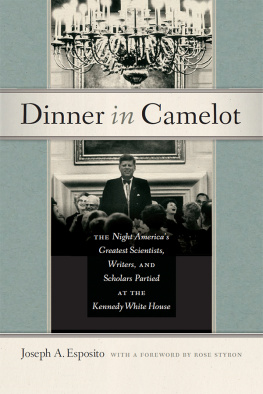
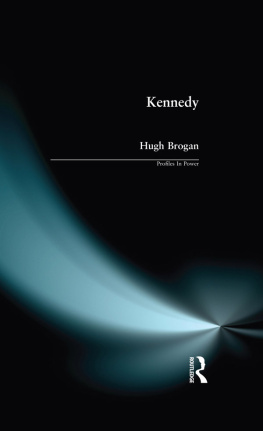

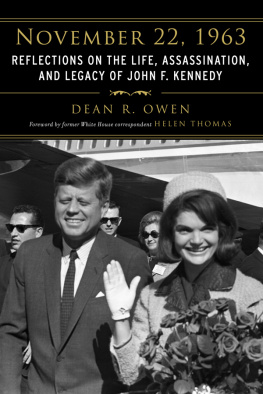
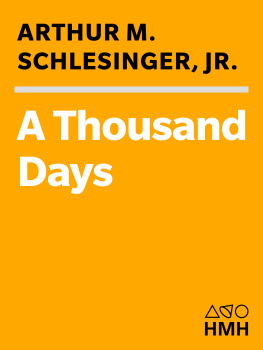
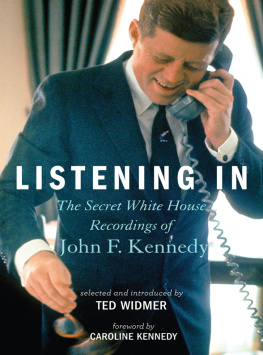

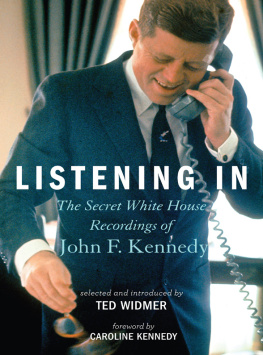
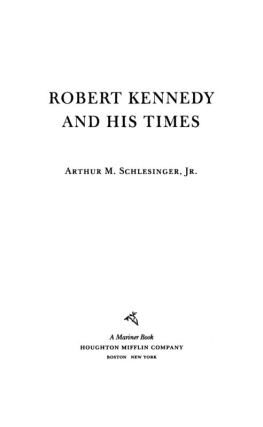
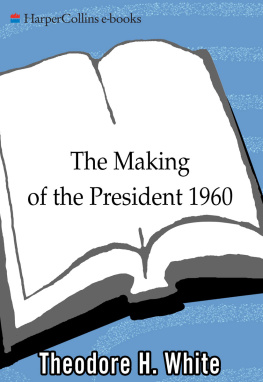


 CHAPTER ONE
CHAPTER ONE